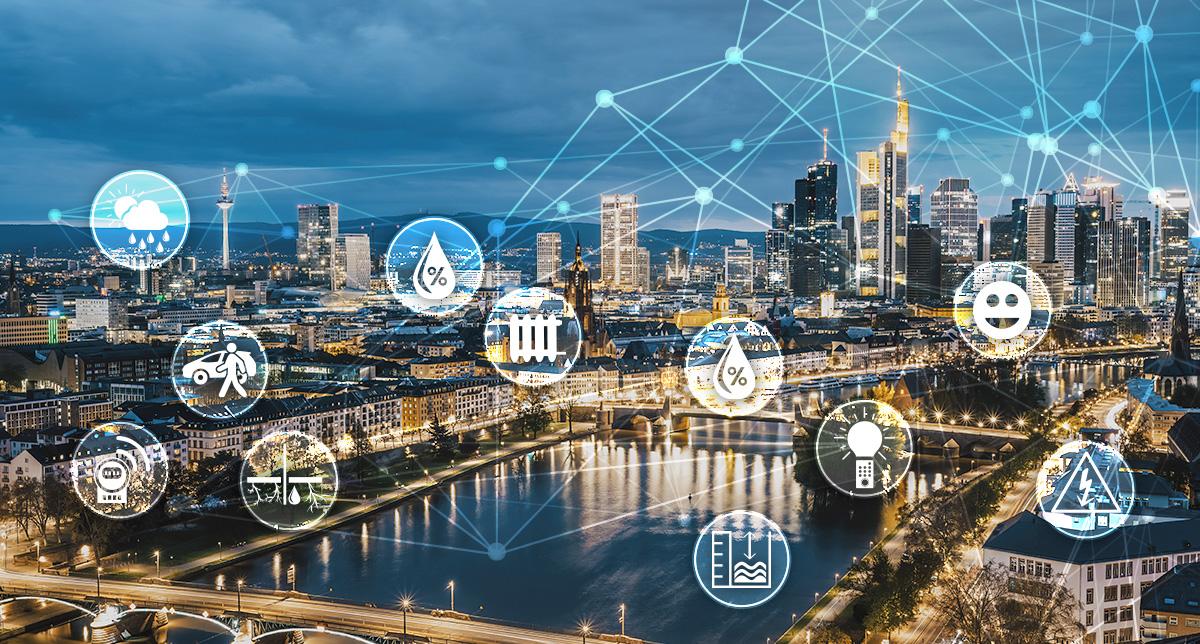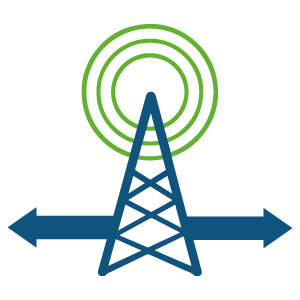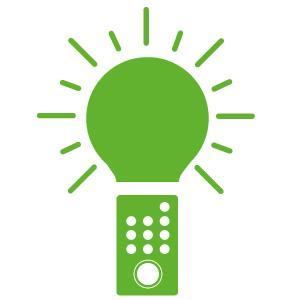Smart City definition — Smart infrastructure for a networked city

Do you have questions about smart cities and suitable IoT solutions?
Contact us today to request a comprehensive consultation on smart city solutions and explore the potential for connected and sustainable urban development together.
IoT in Smart City - A concept for a sustainable city?
A smart city is a promising concept for a sustainable city. By integrating digital technologies and innovative solutions, a smart city can increase energy efficiency, promote environmentally friendly mobility, make optimal use of resources and encourage citizens to participate sustainably. This leads to an improved quality of life and a reduction in environmental impact. A sustainable smart city strives to conserve resources more efficiently and improve the quality of life for its residents. IoT technologies such as LoRaWAN or NB-IoT are ideal for sustainable concepts in cities, as they have a long range and operation is sometimes guaranteed for years without extra effort.

What advantages does a smart city offer?
Sustainability and environmental protection
IoT is an important building block for the future development of a sustainable city. Trees play a central role in this context, as they help to reduce air pollution and maintain the ecological balance. By using soil moisture sensors, the right amount of irrigation can also be determined, which in turn supports healthy tree growth.
Improved quality of life
IoT technologies have the potential to significantly improve the quality of life in a smart city. By monitoring the flow of traffic and using intelligent traffic management systems, traffic jams can be reduced and journey times shortened. This has the positive side effect of also reducing air pollution. Sensors that continuously monitor air quality also enable prompt reactions and measures to be taken when conditions deteriorate.
Economic development
IoT helps to promote economic development in a smart city. The improved infrastructure offered by a city-wide LoRaWAN network, for example, makes the city more economically attractive. An IoT infrastructure attracts investors, companies and skilled workers and leads to economic progress.
Efficient use of resources
By integrating IoT technologies such as LoRaWAN, a smart city can conserve its resources more efficiently. Intelligent heating control in public buildings saves energy. Monitoring water levels and groundwater ensures a sustainable water supply for the city's citizens.
Citizen participation and interaction
With IoT buttons, city residents can be involved in decision-making processes directly on site. Associations and private individuals also benefit from a city-wide IoT network. For example, there are sensor-based IoT solutions for beekeepers that allow them to monitor their bee colonies remotely.
Public safety
IoT technologies support safety in a smart city. Sensors in public areas can provide early warning of potential dangers such as flooding. Intelligent street lighting can respond to local conditions and ensure greater safety in darker areas through increased illumination. A 5G AIoT camera can provide security in public places with a focus on crime and at the same time reinforce the LoRaWAN gateway network.
What is the difference between a Smart Village and a Smart City?
People - Smart City
The city is more anonymous, digitalization projects tend to be communicated using traditional marketing measures.

People – Smart Village
In rural areas, people are often strongly identified with their community and take a very close look. This increases the communication and persuasion work.
Range of coverage – Smart City
In densely built-up cities, a LoRaWAN network in a smart city still has an enormous range of up to 2 km. This is crucial for comprehensive coverage of the IoT network.

Range of coverage – Smart Village
The long range of LoRaWAN can be fully utilized in rural areas, sometimes exceeding 10 km. Due to the low level of development, the cost-effective use of this technology in rural areas is ideal.
Staff – Smart City
Specialized positions, such as a contact person for IoT, are usually available. But even in cities, there tends to be too few technicians.

Staff – Smart Village
One employee often takes on several tasks and there is a lack of highly specialized technicians. LoRaWAN can provide support in many cases, for example with automated remote monitoring.
![]()
What is a Smart Village?
We show you not only the differences, but also what a smart village actually is, why the distinction to a smart city makes sense and which IoT solutions are suitable.


